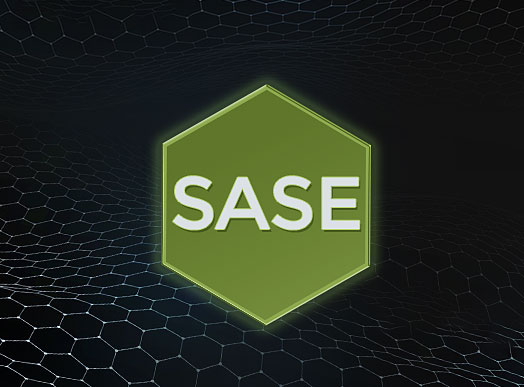When thinking about the best way to articulate defense tactics against the cyber bad guys, I was struggling with an analogy that would really resonate. The thought came to me as I was brushing my teeth the other day, hygiene! Having a strong security posture is basically like having a good hygiene routine.
Business IT
In a recent report, Gartner introduced a new term called “secure access service edge” (SASE). The research firm believes that networking and security functions will merge to address the challenges created by growing numbers of users accessing the network from outside the secure perimeter. GDS agrees — in fact, we have already incorporated SASE principles into our managed, secure SD-WAN solution.
A disaster is, by definition, an unexpected event. Even with some advance notice of an impending calamity, organizations can suffer serious losses. That’s why it’s critically important to have an up-to-date and tested business continuity plan. Personnel need to know what to do in the face of disaster to maintain critical operations and minimize disruption.
As organizations worldwide prepare for the impact of the COVID-19 pandemic, many are temporarily closing offices and encouraging employees to work from home. This enables the “social distancing” that health officials say will help slow the spread of the virus.
Many of us have been the customer for a large project before. Perhaps for a home renovation. Perhaps for implementing a new system or installing new equipment at work. If these projects went well for you, you can probably recognize that the project manager made a significant effort to identify and manage your expectations. This led you to believe, throughout the life of the project, that things were under control. This eased your fears about the ultimate success of the project.






